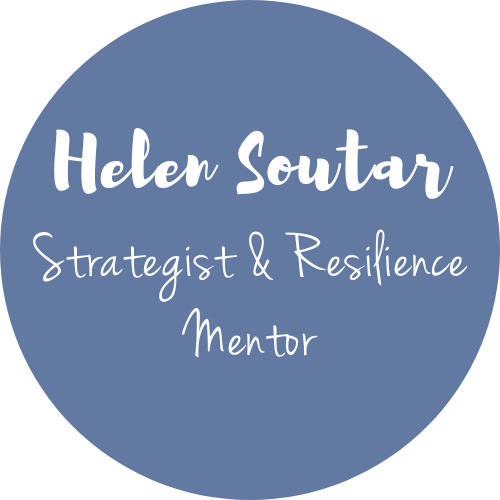…and how it can help your business!
1. Look at the big picture
Strategic thinking requires you to step back from the nitty gritty daily running tasks and look at the big picture of your business with fresh eyes. What are your goals, both in terms of your business and your personal life? How is your business working towards or meeting those goals? Are you enjoying it? Do your work commitments fit around your personal commitments?
2. Ask why?
Why are you running this business? Why is it important, to yourself, your staff, your customers? Why will people buy your product / service?
3. Focus on your destination, not the transport!
What are the main outcomes you are aiming for? Do you want to solve a particular challenge, or to revolutionise an industry? Maybe you have a income goal you want to reach? Whatever it is, start with what you want to achieve, not the how to get there.
4. What resources do you have / can you access?
It’s no use planning to make use of resources you don’t have and can’t get!
5. How will this particular activity achieve your goal?
If your goal is financial, how many sales will you need to make to hit it? If it’s to sign up a certain number of clients, how will this activity make that happen? If your goal requires you to make more sales than you can honour, a rethink is necessary
6. Will this activity reach or take you closer to your longer term goal(s)?
Sometimes we have opportunities which would help us to meet a short / mid-term goal but which would also take us further away from our long term goals. For example, say you have a 1-year goal to make £100,000 from your business, with a 3-year goal to have a complete product line made from organic produce, zero-waste packaging and Fairtrade supplier contracts. Cutting costs by buying non-organic produce and using exploitative supplier contracts may mean you make £100,000 in a year…but it’s also going to take you further away from reaching your 3-year goal
7. Do the outcomes (good and bad!) align with your personal goals?
We are never just business owners and entrepreneurs – we are friends, parents, siblings, children, volunteers, band members, carers. What are the likely outcomes of your planned solution? Will they make it easier for you to achieve your personal goals or more difficult? A client I’ve been working with recently has a personal goal of being able to spend more time with his young family. When he started working with me, Mark had so many ideas he was excited and passionate about but the main one he was aiming for was to set up a free school. It took us just one session to realise that one of the biggest outcomes of this would be long work hours and even less time with his family than his current full time job.
8. Hitting an obstacle? The devil is often in the detail.
It’s not always easy to work out why we can’t or wont do the things we know we should be doing. Sometimes it’s obvious but when it isn’t go through the situation in close detail and see if that helps to uncover what is at the crux of the issue. In Anna’s second session she said she’d like to cut down on the amount of alcohol she was drinking. She was unhappy that she would sometimes end up drinking 3 or 4 glasses instead of the 1 or 2 she’d intended, as well as the associated weight she wanted to lose. Having talked it through and seen the joy Anna experienced around coming home from work, having a glass of wine whilst cooking and catching up with her family, I thought we were missing something. We went through a typical evening step by step and realised that the real problem was not having any alternative drinks available. Anna only drank tea, water or wine. After a glass of wine, neither water or tea appealed so when she got thirsty, she’d have another glass of wine. Since our session, Anna has experimented with various different drinks and discovered a love of Ginger Beer. She is now only drinking the amount she intends and then has ginger beer instead.
9. Assess the whole process
It’s easy to get caught up in thinking one thing is a particular issue whilst missing the impact of another. Tina started working with me in the first year of going full time in her business. She was keen to increase the number of clients on her books and yet was regularly signing up 4 or 5 new clients a month. Having talked about things Tina could do to increase the number of new clients, we went through her figures in more detail. It was easy to see that the main problem was existing clients not booking follow up appointments or leaving too long between appointments. Having looked at the information available on her website, we worked on a plan to help Tina’s clients understand how to get the best from her service and the importance of follow up appointments. Had we purely focussed on new clients, Tina would be on a never-ending marketing and PR mission.
10. Get an outside perspective
Sometimes we’re too close to see the wood for the trees – look at situations with your team or a trusted friend or book in for a discovery session with me to see if I can help





I’m so glad you do this work!!
Thanks Trudy, me too – I love it!